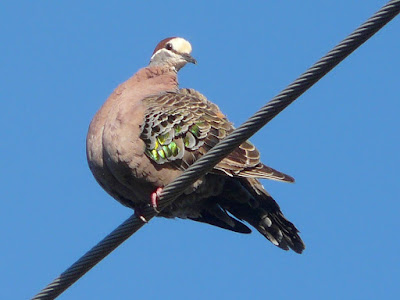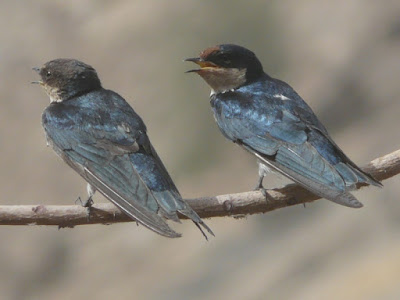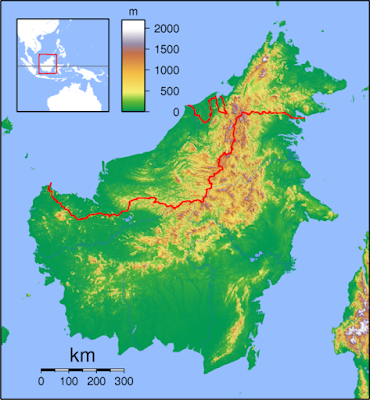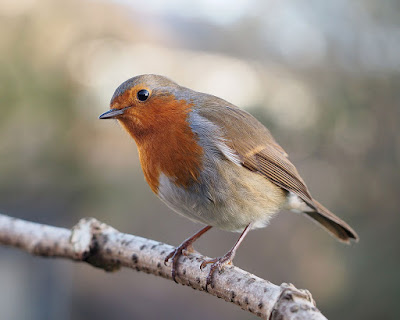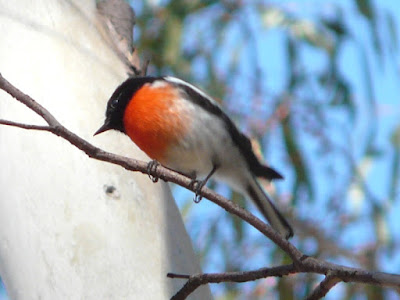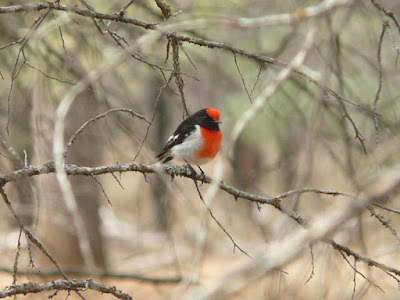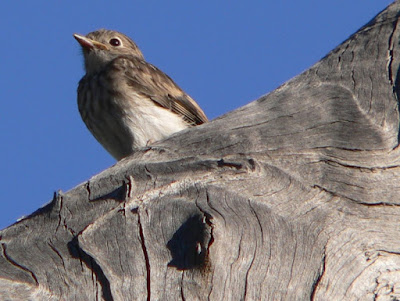I'm going to give way to a bit of hubris here, and assume that you've read my
previous posting on Australia's red robins - in which case you'll be full bottle (as we say) on the background of the naming of this very Australian group of insect-eating birds. One thing that I find very curious is that apparently before the scientists cottoned on to the nature of probably the commonest and most familiar robin around Sydney, the lay public seems to have done so. The Eastern Yellow Robin
Eopsaltria australis is found in near-coastal south-eastern and eastern Australia right up into the tropics. It is very comfortable around humans and will often approach visitors in the presumed hope that we will stir up insects for it.
![]() |
Eastern Yellow Robin, Deua National Park, New South Wales.
This is its typical posture, perched sideways on a tree trunk from where it flies down onto prey.
The youngster below, at Nowra, New South Wales, was hardly fledged but still assumed the
correct yellow robin position. |
![]()
George Shaw, British polymath who received and named specimens from First Fleet surgeon John White, called it Southern Motacilla (ie a pipit).
John Latham, pre-eminent British ornithologist of the time, in 1801 called it Southern Flycatcher (much closer, though quite a lots of birds would answer to that description). John Lewin, a natural history artist working in the colony, in 1822 labelled his painting of it Yellow-breasted Thrush. However, when Sir Joseph Banks' somewhat abrasive plant collector George Caley left the colony in 1810 he reported that the colonists were already referring to it as yellow robin. I do wonder how and by whom that astute observation was made, and why it spread so widely well in advance of scientific recognition; that didn't finally come until John Gould's definitive work in 1848.
Even more curiously, in the late 19th and early 20th centuries, eminent and competent ornithologists were still doubting that it was a 'real' (Australian) robin. John Leach, a truly leading light of Australian ornithology of the time, placed it with whistlers (family Pachycephalidae) or shrikes. To this end the name shrike-robin was used until the authoritative Royal Australasian Ornithological Union's 1926 Checklist finally put the matter to rest, and declared this lovely little bird a true robin (again, in the Australian sense of the word).
![]() |
The Eastern Yellow Robin's melodious - though admittedly somewhat persistent - piping is
often the first call heard, pre-dawn, when camping in eastern forests. |
Across the nation, three thousand kilometres away in south-western Australia, we find two more members of this genus of robins. Presumably the ancestral yellow robin lived right across southern Australia in moister times; when the climate dried during a past glacial period, and the arid limestone of the Nullarbor Plain isolated the western population, over time it evolved into a robin with a white, instead of yellow, breast. The White-breasted Robin Eopsaltria georgiana lives mostly in tall wet forests, though in the drier northern part of its range it utilises dense coastal scrubs.
![]() |
White-breasted Robin, Porongorup National Park.
Poor, distant photo, sorry. |
The story of the south-western robins doesn't end there though. In a more recent period of softer climate another wave of yellow robins arrived from the east, and in turn they too became isolated. They too evolved into a separate species, the Western Yellow Robin Eopsaltria griseogularis. This retained its yellow breast, but it is separated from the throat by a grey band (hence the scientific name). Perhaps to avoid competition with the White-breasted Robin it tends to be found in drier woodland rather than wet dense vegetation.
![]() |
| A very wet Western Yellow Robin, Stirling Ranges National Park. |
Right across the tropical north of Australia is found another yellow-bellied robin, though this one doesn't even carry 'robin' in its name. It behaves much more like a flycatcher, perching high in the open and chasing insects in the air rather than pouncing down on them. Given this, its name of Lemon-bellied Flycatcher is not surprising.
![]() |
Lemon-bellied Flycatchers Microeca flavigaster, Darwin.
The sweet up-beat call is a familiar one in the north, and through New Guinea (where the name flyrobin is often used)
to Indonesia. |
Throughout most of Australia however the genus Microeca is much better known for another 'non-robin' robin. The Jacky Winter Microeca fascinans is a fairly plain brown, but highly charismatic, robin, also an accomplished aerial insect hunter. The name is generally asserted to refer to its behaviour of cheerfully calling all year round. George Caley, mentioned previously, compared its behaviour to that of the European Robin in closely following anyone wielding a spade, to see that might pop up to its advantage. I can't help wondering however if the call, usually described as saying 'Peter Peter Peter (etc)', couldn't also have been rendered as 'Jacky Winter'?
![]() |
Jacky Winter, Mathoura, New South Wales River Murray.
The white-edged black tail is diagnostic. |
Then there is a range of unred robins in several genera, from Tasmania up to the tropics.
Probably the most widespread robin of all is the black and white Hooded Robin Melanodryas cucullata, a far cry indeed from the redbreast of Britain for which the group was bestowed its name. It is found right across Australia except for the deepest deserts; only the male is so handsomely pied, with females and youngsters being more muted in tone.
![]() |
Hooded Robins, male (Mathoura) above,
female (Eulo Bore, south-west Queensland) below. |
In Tasmania a common ancestor to the Melanodryas genus was isolated during one of the times Bass Strait was dry land, and evolved into the plain brown Dusky Robin Melanodryas vittata.
A somewhat mysterious species - solely because of its rather impenetrable habitat - is the Mangrove Robin Peneoenanthe pulverulenta, found wherever the mangroves survive across tropical northern Australia and into Indonesia. Many birders - including this one - wait quite a while to see their first one.
![]() |
Mangrove Robin, Darwin.
The pensively melancholy double whistle carries through the mangroves and can be
infuriatingly difficult to track down. |
Another tropical robin - or rather a pair of them - is represented by the very handsome genus Poecilodryas, with White-browed Robin P. superciliosa being found around the tropical Queensland coast as far west as the north-eastern Gulf of Carpentaria, and the recently separated Buff-sided Robin P. cerviniventris from the western end of the Gulf across the Northern Territory to northern Western Australia. Their territories are usually found in monsoonal vine forest and along vegetated stream lines.
![]() |
| White-browed Robin pair, Cromarty, south of Townsville. |
I want to end with a couple of indifferent photos of two of my favourite Australian robins, from very different habitats at opposite ends of the continent. The Grey-headed Robin Heteromyias cinereifrons is a Queensland Wet Tropics endemic, occupying a limited area of mostly montane tropical rainforest from Cooktown south almost to Townsville. It is the only member of its genus in Australia, though there is another in New Guinea. Its measured piping is characteristic of these rich forests, where it spends most of its time on the ground.
![]() |
| Grey-headed Robin, Mount Hypipamee, Atherton Tableland. |
Finally the Southern Scrub-robin Drymodes brunneopygia is a member of a very interesting species pair, which each took to very different habitats during times of climate change. The Northern Scrub-robin D. superciliaris lives in Australia only in rainforest at the northern end of Cape York Peninsula in Queensland, though continues across the Torres Strait into New Guinea. The Southern Scrub-robin however lives thousands of kilometres to the south, in the semi-arid mallee shrubland, dominated by multi-stemmed eucalypts, triggered to the growth form by low soil nutrients.
The Southern Scrub-robin can be infuriatingly elusive in its dense habitat, then can suddenly appear at your feet before moving off again. It is mostly found on the ground, bounding on its long powerful legs.
![]() |
Southern Scrub-robin, Coorong National Park, South Australia.
I always reckon that if I don't recognise a call in the mallee it's likely to be one of these,
which have a seemingly endless range of call variations.
Most typical however is a sweet carrying 'pseeeee'
|
So there it is, a brief introduction to a varied and lovely group of Australian birds, found virtually anywhere on the continent. And despite their name, they really are dinkum southerners. I love them.
BACK ON FRIDAY



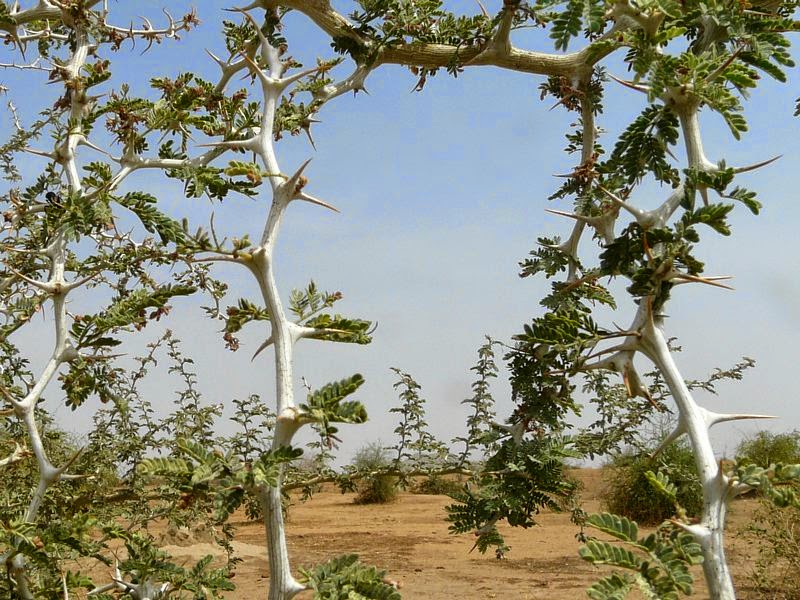








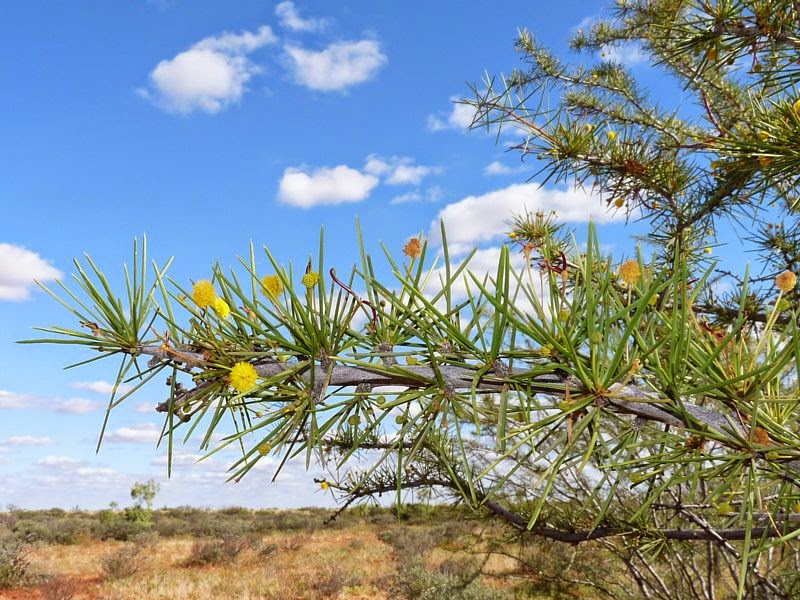

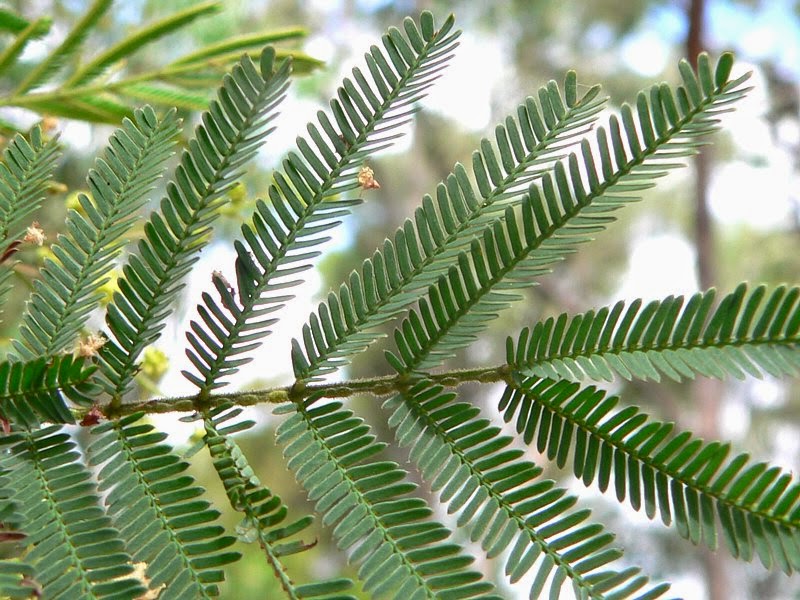



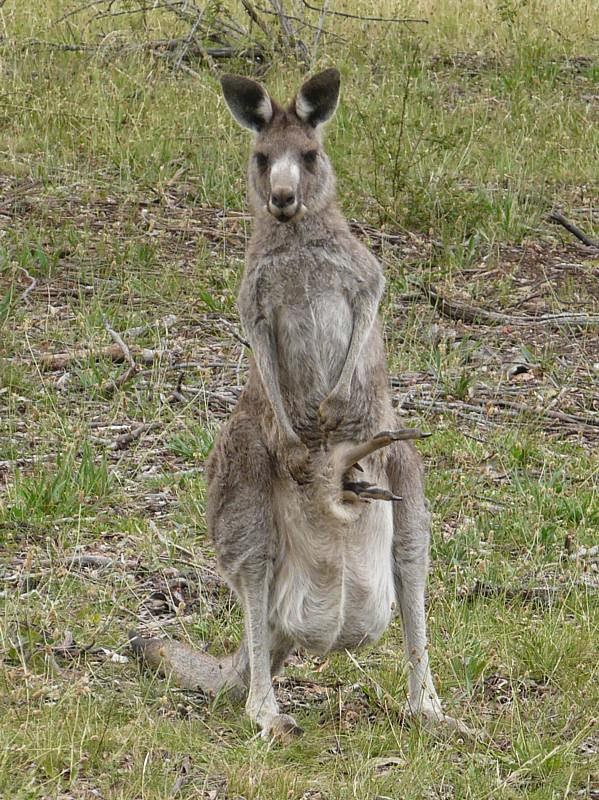



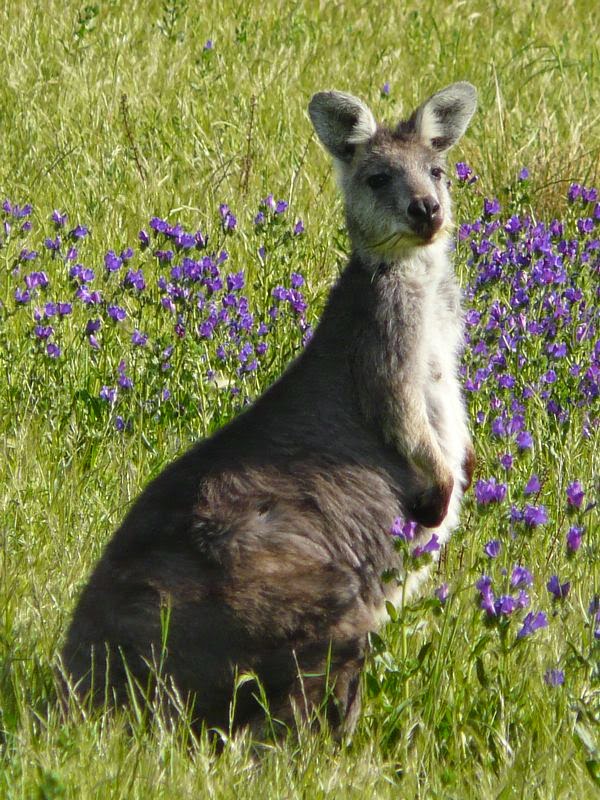




%2BGawler%2BR%2BNP%2B0907.jpg)
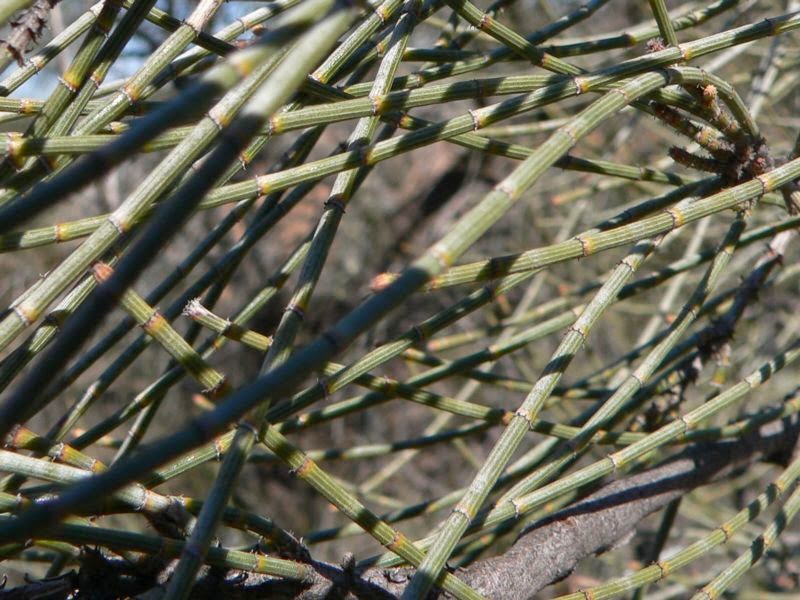
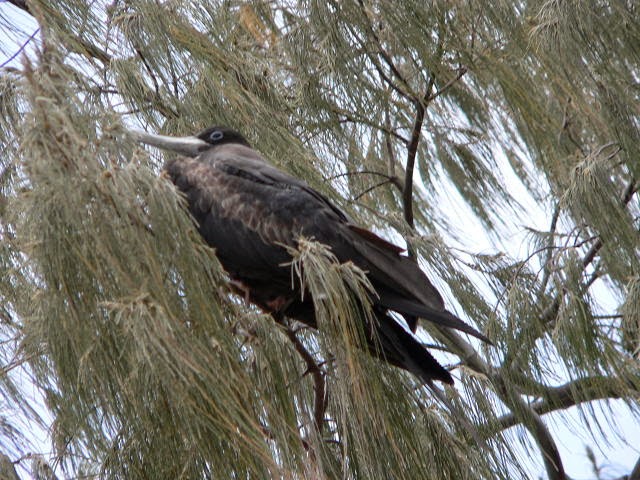%2BLEI%2B1105.jpg)


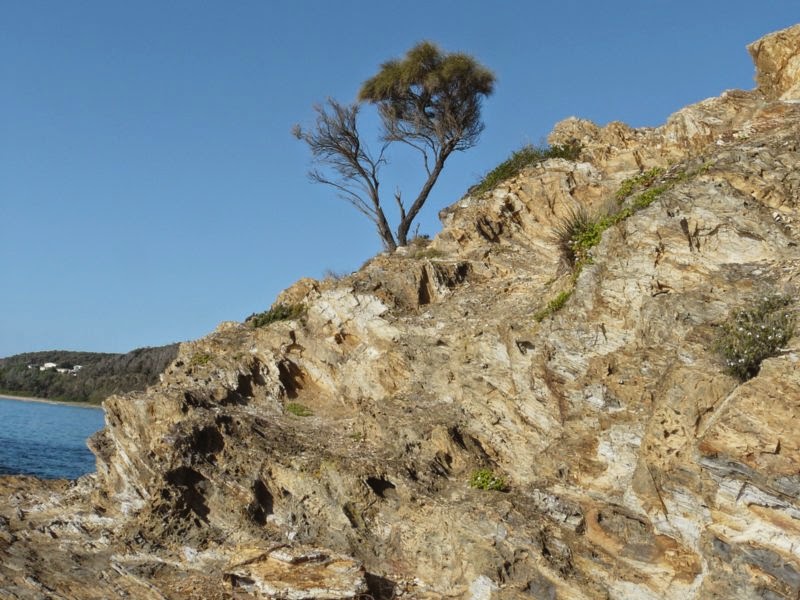



%2BBundanoon%2B1008.jpg)
%2BBundanoon%2B1008.jpg)
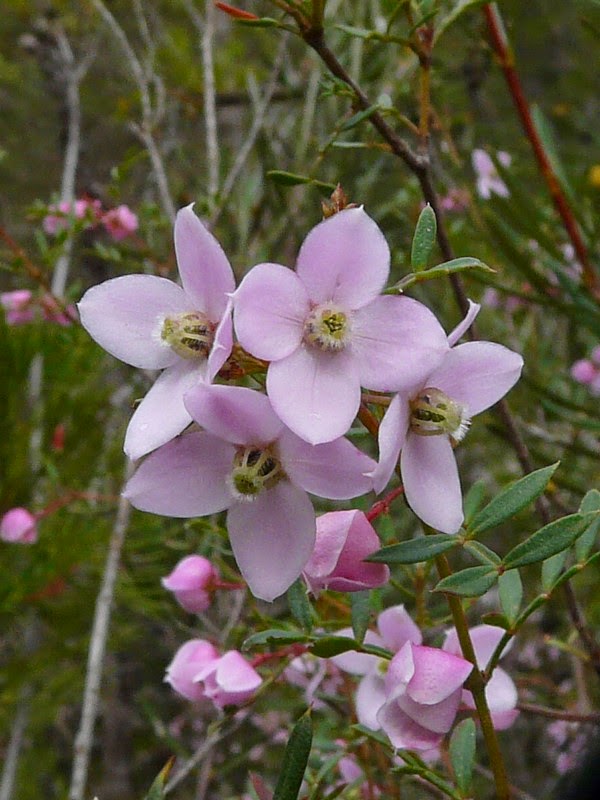

%2BBundanoon%2B1008.jpg)
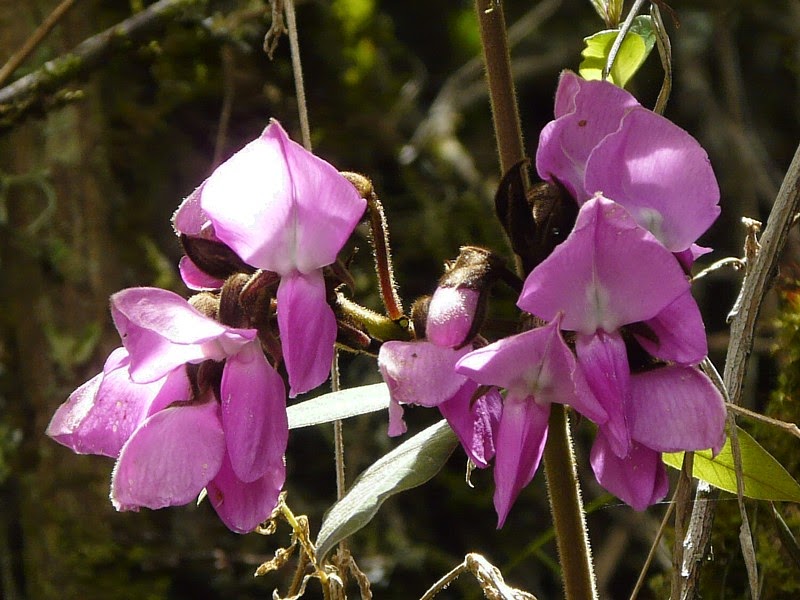%2Babove%2BMachu%2BPichu%2B1208.jpg)






















